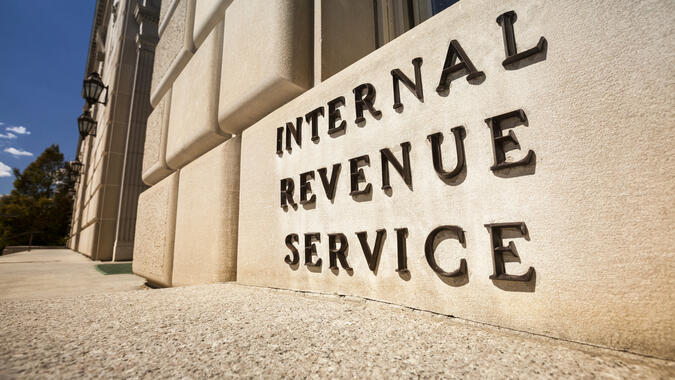Trends & Developments - Feb 2015 - Employee Benefits: Retirement Plan’s Form 5500 Is Done... Now What About Your Welfare Benefit Plans?
- Published
- Feb 24, 2015
- Share
Background
Most employers who have a qualified retirement plan understand the requirement to file an annual Form 5500 Return, but many forget about or are not aware of the Form 5500 filing requirements for their welfare benefit plans. A company who has a retirement plan often provides welfare benefits such as medical, dental, vision, long-term disability, life insurance, etc. to its employees. With the advent of the required U.S. Department of Labor's ("DOL") EFAST2 electronic filing of the Form 5500 return, the DOL has a comprehensive database to compile information on companies' retirement plans, an exercise that the DOL is pursuing vigorously. DOL's focus is on scrutinizing companies that file a Form 5500 for a large retirement plan that requires a financial statement audit (generally those with more than 100 participants) to determine whether the company is also filing a Form(s) 5500 for its welfare benefits.
Filing Requirements for Welfare Benefit Plans
Generally, an employer who has at least 100 participants at the beginning of the plan year in a welfare benefit plan is required to file a Form 5500 return, regardless of whether the welfare benefits are insured or self-insured or a combination of both. Each benefit plan requires a stand-alone Form 5500 return unless a wrap plan document is in place. A wrap plan document is a written document that consolidates a company's welfare benefits into a single welfare benefits program (this does not mean a single insurance carrier must be utilized). For example, XYZ Company provides medical and dental benefits to their 1,000 employees and they do not have a wrap plan document. XYZ Company will need to prepare two Form 5500 returns, one for the medical benefits and one for the dental benefits. If XYZ Company had a wrap plan document covering the medical and dental benefits, only one Form 5500 would be required.
One of the most common misunderstandings among companies is the belief that the insurance carrier or broker from whom the company procured the insurance arrangements for its welfare benefits is filing the Form 5500 on behalf of the company. In most cases, this is not true.
The penalties for failure to file the Form 5500 can be as much as $30,000 per year per Form 5500. Fortunately, DOL has a correction program for delinquent filers, the Delinquent Filer Voluntary Compliance Program ("DFVCP"). The DFVCP is designed to encourage voluntary compliance with the annual Form 5500 reporting requirements by substantially reducing the penalty amounts.
Conclusion
Accordingly, a company should (1) examine each of the welfare benefits it offers to its employees, (2) determine whether the Form 5500 is required to be filed for its welfare benefits and (3) determine whether the company is filing the required Form(s) 5500 for its welfare benefits. In the event a Form 5500 was not filed when it should have been, we recommend filing the late Form 5500 under the DFVCP.
Trends & Developments - February 2015
Contact EisnerAmper
If you have any questions, we'd like to hear from you.
Receive the latest business insights, analysis, and perspectives from EisnerAmper professionals.










